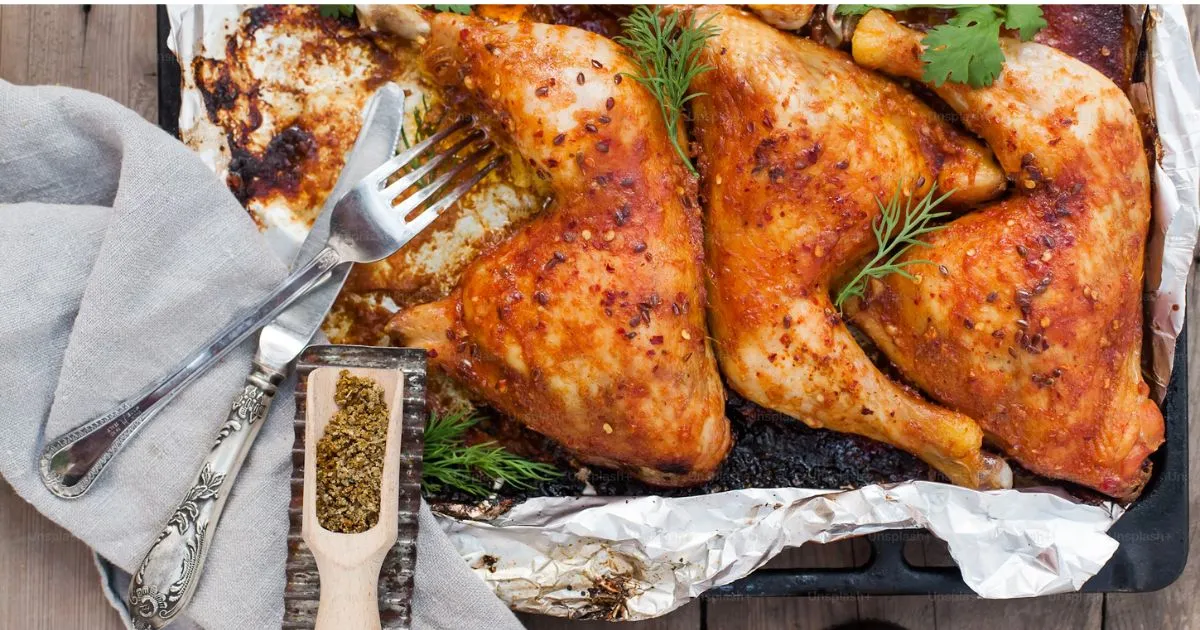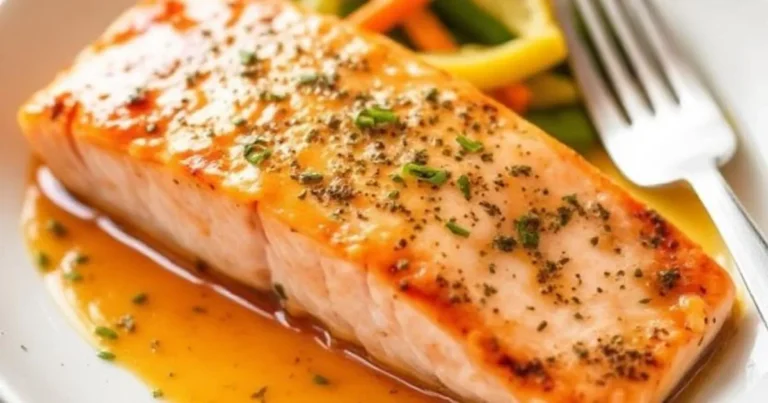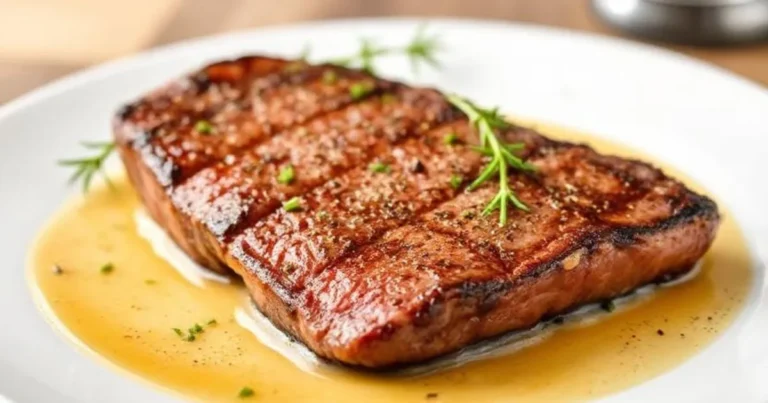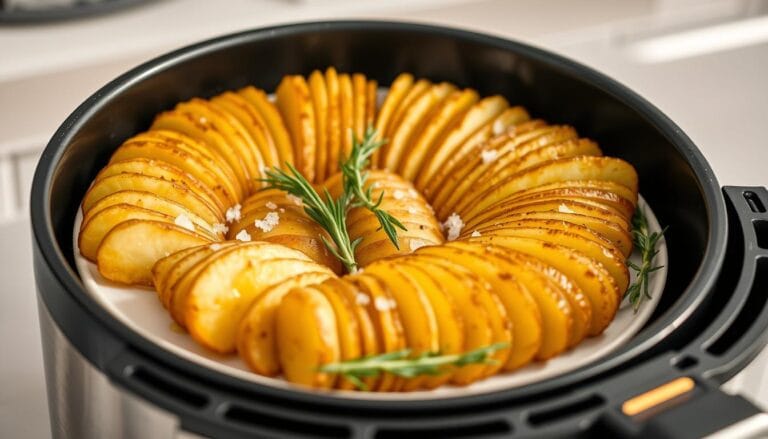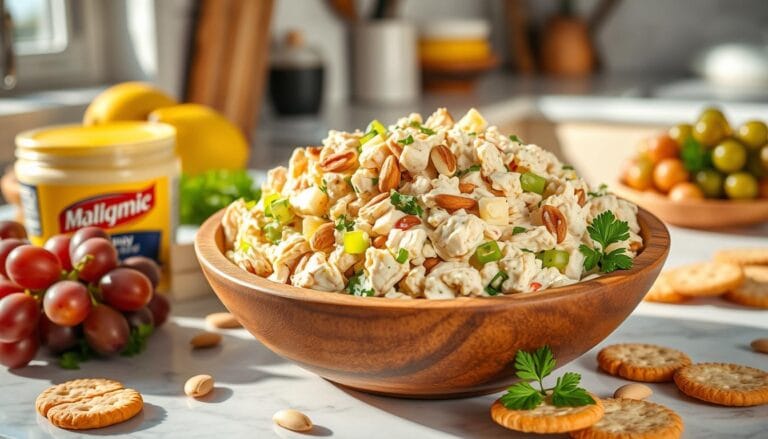Chicken Brine Recipe
Table of Contents
Want to make your chicken dishes stand out? Start with a simple yet powerful trick: chicken brine. Both professional chefs and home cooks know that a good brine can turn basic chicken into a flavorful delight.
Brining is like a culinary magic trick. It keeps your chicken tender, moist, and full of flavor. By soaking chicken in a saltwater solution, you help it stay juicy during cooking. This prevents the dry, tasteless chicken that can spoil a meal.
Whether you’re cooking a Sunday roast, grilling for a barbecue, or making a fancy dinner, learning to brine chicken will boost your cooking. It will also impress your guests.
Key Takeaways
- Brining enhances chicken’s moisture and flavor profile
- Salt plays a crucial role in meat tenderization
- Different cooking methods benefit from specific brining techniques
- Proper brining time varies by chicken cut and size
- Homemade brines offer more flavor control than store-bought options
Understanding the Science Behind Chicken Brine
Chicken brine turns simple chicken into a gourmet dish. It uses science to soak up moisture and flavors. Learning to brine chicken breast makes the meat tender and tasty.
How Salt Penetrates the Meat
Salt is key in chicken brine. It breaks down proteins. Salt molecules go deep into the meat through osmosis, making tiny channels.
- Increase moisture retention
- Tenderize muscle fibers
- Enhance natural flavor profiles
The Role of Sugar and Aromatics
Sugar and aromatics add more to your brine. Sugar balances salt and helps with browning. Herbs and spices add subtle flavors.
Optimal Brining Temperature
| Temperature Range | Brining Effect |
|---|---|
| 34-40°F | Slow, controlled moisture absorption |
| 40-50°F | Moderate flavor penetration |
| Above 50°F | Risk of bacterial growth |
Keeping the right temperature is key. Cold temperatures between 34-40°F are best. They allow for safe, gradual flavor absorption.
“The secret to perfect chicken is understanding how salt, temperature, and time work together.” – Professional Chef
Brining chicken well needs precision and patience. Each step adds to making the chicken juicy and flavorful. It will impress anyone.
Essential Ingredients for the Perfect Chicken Brine
Making a great chicken brine recipe means knowing the key ingredients. These ingredients turn regular chicken into a juicy delight. The base of a good brine is about choosing the right parts that boost flavor and keep it moist.
Here are the must-haves for your chicken brine:
- Water: The main liquid for your brine
- Salt: Use kosher or sea salt to get into the meat
- Sweeteners: Brown sugar or honey to counteract the salt
- Aromatics: Fresh herbs and spices for extra flavor
The right salt-to-water mix is about 5-8% salt. For a basic brine, mix 1 cup of kosher salt with each gallon of water.
“The secret to a perfect brine is balancing salt, sweetness, and aromatic ingredients.” – Professional Chef Recommendation
For extra flavor in your brine, try these:
- Whole peppercorns
- Fresh rosemary or thyme
- Garlic cloves
- Lemon zest
- Bay leaves
Pro tip: Use cold water for your brine to keep it safe and mix ingredients well. Try different mixes to find a flavor you love.
Step-by-Step Basic Chicken Brine Process
Learning how to brine chicken breast can make your cooking amazing. A brine chicken recipe is easy and makes meat juicy and flavorful. Let’s explore the key steps for a perfect brine.
Preparing Your Brine Solution
Making a basic brine solution is easy. You’ll need a few important ingredients:
- Kosher salt (primary ingredient)
- Water
- Optional flavor enhancers like sugar or herbs
The basic brine recipe is:
| Ingredient | Quantity |
|---|---|
| Kosher Salt | 1/4 cup |
| Water | 4 cups |
| Brown Sugar (optional) | 2 tablespoons |
Proper Brining Times for Different Cuts
Brining times change based on the chicken cut:
- Chicken Breasts: 30-60 minutes
- Whole Chicken: 8-12 hours
- Chicken Thighs: 2-4 hours
Storage and Safety Tips
When brining chicken breast, food safety is key. Always:
- Brine in the refrigerator
- Use clean, non-reactive containers
- Rinse chicken after brining to remove excess salt
- Cook immediately after brining
“Brining is a game-changer for home cooks seeking restaurant-quality chicken.” – Professional Chef
Specialty Brines for Different Cooking Methods
Improving your chicken cooking is more than just basic brining. Each cooking method needs a special brine to boost flavor and texture. By adjusting your brine, you can turn a simple meal into a gourmet dish.
Crafting the Perfect Smoked Chicken Brine
Smoking chicken needs a special brine to add moisture and flavor. A great smoked chicken brine includes:
- Kosher salt for deep seasoning
- Brown sugar for caramelization
- Peppercorns for subtle heat
- Apple wood chips for classic smoky notes
The secret is finding the right balance of salt and flavor. Your brine should soak into the meat, getting it ready for slow cooking.
Secrets to an Exceptional Fried Chicken Brine
A top-notch fried chicken brine makes the chicken crispy and juicy. Focus on:
- Buttermilk for tenderizing
- Cayenne pepper for kick
- Garlic powder for depth
- Shorter brining times to prevent oversaturation
Herb-Infused Brines for Roasting
Roasting chicken is perfect for herb-infused brines. Fresh herbs like rosemary, thyme, and sage add complex flavors. These herbs make your roasted chicken unforgettable.
“The right brine can transform a simple chicken into a memorable meal.” – Professional Chef’s Wisdom
Each cooking method needs a special brine approach. By mastering these techniques, you can achieve restaurant-quality dishes at home.
Conclusion
Brining chicken makes ordinary poultry into something truly special. By learning about the science of chicken brine and trying different methods, you can improve your cooking. This will make your meals not just good, but amazing, impressing everyone who tries them.
The brine recipe you choose can change how moist, flavorful, and tender your chicken is. Whether you’re roasting a whole chicken, smoking a turkey, or frying chicken, the right brine makes all the difference. Each brining method has its own benefits, fitting different cooking styles and tastes.
Brining chicken will get easier with time. Begin with simple recipes and then try more advanced techniques. Salt, sugar, and aromatics are key to making great chicken dishes. Try different herbs, spices, and liquids to find your own unique brine.
As you get better, you’ll see that brining is more about understanding the basics than following strict rules. Trust your instincts, be creative, and enjoy the tasty outcomes of your cooking adventures. Your chicken dishes will always be a hit from now on.
FAQ
What is chicken brining and why should I do it?
Chicken brining means soaking chicken in a saltwater mix. It keeps the meat moist and flavorful. This method makes chicken juicier and more tasty, especially for lean cuts like breasts.
How long should I brine chicken?
Brining time varies by chicken cut. Breasts need 30 minutes to 2 hours. Whole chickens might take 4-8 hours. Be careful not to brine too long, as it can make the meat too salty or soft.
What’s the basic ratio for a chicken brine?
A basic brine uses 1/4 cup of salt per quart of water. You can add sugar, herbs, and spices for extra flavor. The goal is to keep the right salt-to-water mix for seasoning and moisture.
Can I brine frozen chicken?
No, thaw chicken fully before brining. Brining frozen chicken can be unsafe and prevent the brine from working right.
Is there a difference between wet and dry brining?
Wet brining means soaking chicken in a saltwater solution. Dry brining involves rubbing salt and seasonings on the chicken. Both improve moisture and flavor, with dry brining being cleaner and easier to store.
What type of salt should I use for brining?
Use kosher salt for brining because of its clean taste and easy dissolving. Avoid iodized table salt, as it can taste metallic and doesn’t dissolve well.
How does brining work for different cooking methods?
Brining works for smoking, frying, and roasting. Each method might need a slightly different brine recipe to match the cooking method and flavor you want.
Can I reuse a brine?
No, never reuse a brine. Used brine can have harmful bacteria. Always make a fresh batch for each use to keep food safe.
Are there alternatives to salt for brining?
Salt is the main brining agent, but you can add flavor with sugar, herbs, spices, and acidic ingredients like apple cider or buttermilk. These add depth to your brine and tenderize the meat.
How do I store chicken while it’s brining?
Brine chicken in the fridge to avoid bacterial growth. Use a non-reactive container like glass, ceramic, or food-grade plastic. Make sure the chicken is fully covered in the brine.

